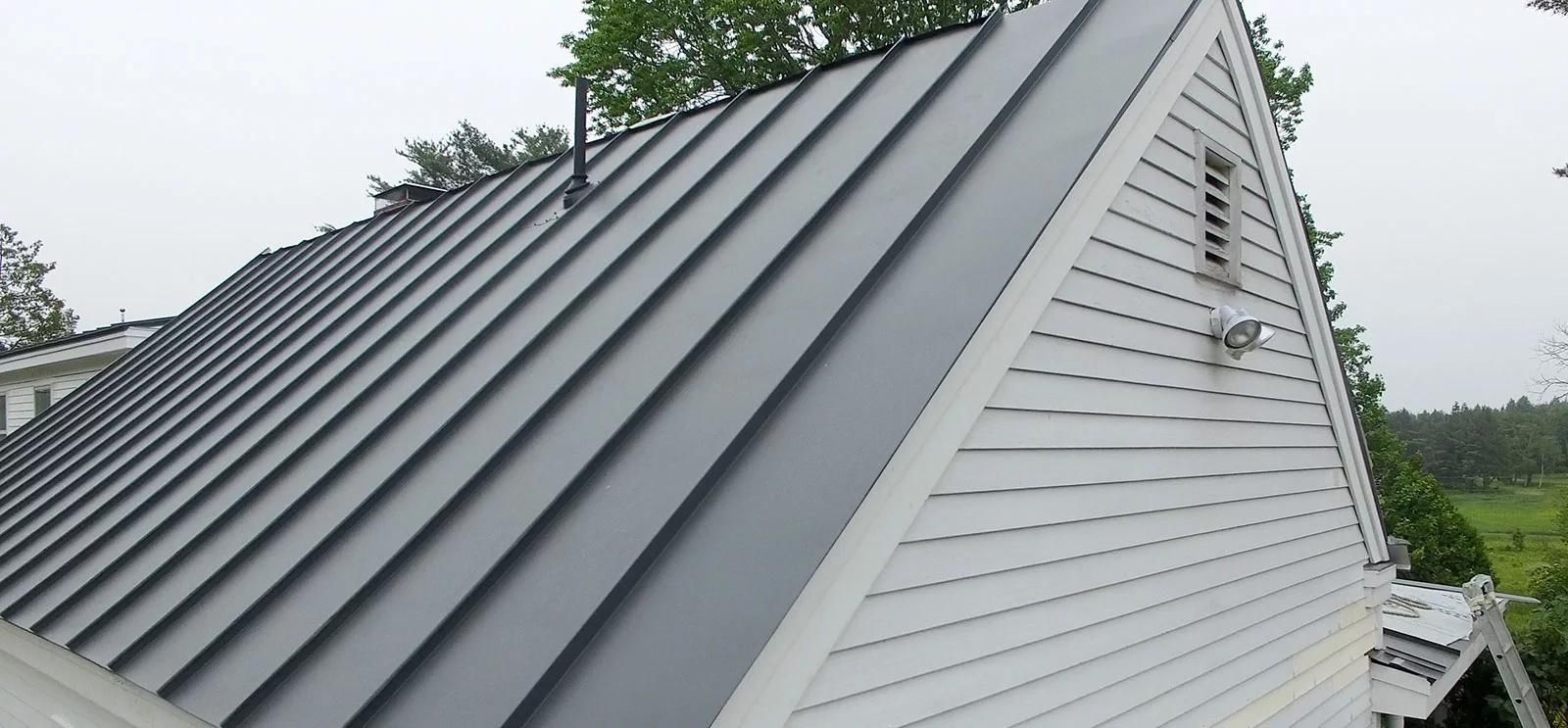

Articles
How Long Does A Rubber Roof Last
Modified: December 7, 2023
Discover how long a rubber roof can last and find informative articles on its lifespan, maintenance tips, and replacement options.
(Many of the links in this article redirect to a specific reviewed product. Your purchase of these products through affiliate links helps to generate commission for Storables.com, at no extra cost. Learn more)
Introduction
A rubber roof is a popular choice for many commercial and residential buildings due to its durability and long-lasting properties. The longevity of a rubber roof largely depends on several factors, including the quality of the materials used, installation techniques, maintenance practices, and exposure to environmental elements.
In this article, we will delve into the factors that can affect the lifespan of a rubber roof, explore the average lifespan of a rubber roof, discuss ways to extend its lifespan, and highlight the signs of a deteriorating rubber roof. We will also provide some practical tips on maintaining and repairing a rubber roof to ensure its longevity.
Whether you have a rubber roof already or are considering installing one, understanding these aspects will help you make informed decisions and take appropriate measures to protect and extend the life of your rubber roof.
Key Takeaways:
- Rubber roofs can last 20-30 years with proper maintenance, high-quality materials, and professional installation. Regular inspections and addressing issues promptly can extend its lifespan even further.
- Factors like material quality, installation, maintenance, and climate impact a rubber roof’s longevity. Proactive maintenance, timely repairs, and professional consultations are crucial for maximizing its lifespan.
Read more: How Long Does Roof Last
Factors Affecting the Lifespan of a Rubber Roof
Several factors can affect the lifespan of a rubber roof. Understanding these factors can help you assess the condition of your roof and take proactive steps to maintain it properly.
- Quality of Materials: The quality of the rubber material used in the roof’s construction plays a significant role in its longevity. Higher-quality rubber membranes are typically more resistant to UV rays, cracking, and weathering.
- Installation Techniques: The proper installation of a rubber roof is crucial for its lifespan. Improper installation, such as inadequate adhesive application or improper seam sealing, can lead to water infiltration, premature aging, and other issues that can shorten the lifespan of the roof.
- Maintenance: Regular maintenance is essential to preserve the integrity of a rubber roof. Neglecting maintenance tasks such as clearing debris, inspecting for damage, and ensuring proper drainage can lead to problems like ponding water, mold growth, and accelerated deterioration.
- Climate: The climate in which a rubber roof is located can impact its lifespan. Extreme weather conditions, such as frequent temperature fluctuations, heavy rainfall, strong winds, and prolonged exposure to sunlight, can accelerate the aging process of the rubber material.
- Foot Traffic: The amount of foot traffic a rubber roof receives can affect its lifespan. Excessive foot traffic can cause wear and tear on the rubber membrane, especially if proper precautions are not taken to protect the roof when accessing it for maintenance or repairs.
These are just a few of the key factors that can influence the lifespan of a rubber roof. By understanding these factors and addressing them proactively, you can help extend the life of your rubber roof and avoid costly repairs or premature replacement.
Average Lifespan of a Rubber Roof
The average lifespan of a rubber roof can vary depending on the factors mentioned earlier, such as material quality, installation techniques, maintenance practices, and climate. On average, a well-maintained rubber roof can last between 20 to 30 years.
It’s important to note that this estimate is a general guideline, and the actual lifespan of a rubber roof can vary. Factors such as the quality of materials used, the installation method, and the level of maintenance can significantly impact the roof’s durability.
Rubber roofs are known for their resistance to cracking, tearing, and water damage. They can withstand harsh weather conditions, including hail, extreme temperatures, and UV radiation. These properties contribute to their relatively long lifespan compared to other roofing materials.
However, it’s essential to keep in mind that not all rubber roofs are created equal. Different types of rubber, such as EPDM (ethylene propylene diene monomer), TPO (thermoplastic olefin), and PVC (polyvinyl chloride), have varying lifespans. EPDM rubber roofs, for example, are known for their durability and can last up to 30 years with proper maintenance.
To get the most out of your rubber roof and ensure it reaches its maximum lifespan, regular maintenance is crucial. This includes conducting routine inspections, clearing debris, fixing any damages promptly, and maintaining proper drainage. By proactively addressing issues, you can prevent minor problems from escalating and extend the life of your rubber roof.
It’s also important to consult with a professional roofing contractor who specializes in rubber roofs. They can provide expert advice on maintenance, repairs, and replacement options based on your specific roof type and condition. Regular inspections by a professional can help identify potential problems early on and take corrective measures to prolong the lifespan of your rubber roof.
In summary, the average lifespan of a rubber roof is typically between 20 to 30 years. By choosing high-quality materials, employing proper installation techniques, and adhering to regular maintenance practices, you can ensure that your rubber roof reaches its maximum potential lifespan.
Extending the Lifespan of a Rubber Roof
While a rubber roof can last for several decades, there are several steps you can take to extend its lifespan even further. By implementing proper maintenance practices and addressing issues promptly, you can significantly increase the longevity of your rubber roof.
- Regular Inspections: Conduct regular inspections of your rubber roof to identify any signs of damage or wear. Look for cracks, tears, or loose seams. Inspect flashing, vents, and any protrusions on the roof for damage as well. Catching and repairing issues early can prevent further damage and extend the life of the roof.
- Clear Debris: Keep the roof clear of debris such as leaves, branches, and dirt. This helps prevent water from pooling and gradually deteriorating the rubber membrane. Use a soft-bristle broom or leaf blower to remove debris regularly.
- Ensure Proper Drainage: Periodically check the gutters and downspouts to ensure they are clear of debris. Proper drainage ensures that water flows off the roof efficiently and prevents ponding, which can weaken the rubber membrane over time.
- Address Ponding Water: If you notice areas of ponding water on your rubber roof, take immediate action. Ponding water can lead to accelerated deterioration and structural problems. Consult with a roofing professional to assess the cause and ensure proper drainage.
- Protect and Limit Foot Traffic: Minimize foot traffic on the roof and take precautions to protect the rubber membrane when access is necessary. Lay down boards or walkways to distribute weight evenly and prevent damage to the roof surface. Avoid dragging heavy equipment or tools across the roof.
- Trim Overhanging Trees: If you have trees near your rubber roof, trim any overhanging branches. Falling branches and excessive debris from trees can damage the roof surface and compromise its lifespan.
- Address Repairs Promptly: If you notice any damage, such as punctures, tears, or loose seams, contact a professional to perform the necessary repairs as soon as possible. Delaying repairs can lead to further damage and shorten the lifespan of the roof.
By following these maintenance practices and addressing issues promptly, you can extend the lifespan of your rubber roof. Consulting with a professional roofing contractor for regular inspections and maintenance can further ensure that your roof remains in optimal condition for years to come.
A rubber roof can last 30-50 years with proper maintenance. Regular inspections and repairs can help extend its lifespan. Keep the roof clean and free of debris to prevent damage.
Signs of a Deteriorating Rubber Roof
It’s important to be vigilant and aware of the signs that indicate your rubber roof may be deteriorating. Identifying these signs early can help you take prompt action and prevent further damage. Here are some common signs of a deteriorating rubber roof:
- Cracks and Tears: Inspect your rubber roof for cracks, tears, or punctures. These can occur due to age, extreme weather conditions, foot traffic, or improper maintenance. Cracks and tears can allow water to seep into the underlying layers, leading to further damage and potential leaks.
- Blistering: Blistering occurs when air or moisture becomes trapped in the rubber membrane, causing bubbles or raised areas on the surface of the roof. If left unaddressed, blisters can break open and cause more significant damage to the roof.
- Loss of Granules or Surface Erosion: Over time, the rubber membrane may start to lose its protective granules or show signs of surface erosion. This can be caused by UV exposure, weathering, or poor-quality materials. Loss of granules or surface erosion weakens the roof’s ability to withstand the elements and can lead to premature deterioration.
- Separation of Seams: Rubber roofs typically have seams where two membrane sections are joined together. If you notice the seams starting to separate or lift, it could indicate an issue with the adhesive or installation. Separated seams can lead to moisture intrusion and should be addressed promptly.
- Ponding Water: If you notice areas of standing water on your rubber roof for an extended period, it may indicate poor drainage or structural issues. Ponding water can accelerate the deterioration of the rubber membrane and should be addressed to prevent further damage.
- Mold or Mildew Growth: Excessive moisture trapped within the rubber roof can lead to the growth of mold or mildew. These fungal growths can spread and cause additional damage to the roof structure and indoor air quality.
Should you notice any of these signs of a deteriorating rubber roof, it is important to consult with a professional roofing contractor as soon as possible. They can assess the extent of the damage and recommend appropriate repairs or replacement options.
Regular inspections and proactive maintenance can help identify these signs early on, allowing you to address them promptly and extend the life of your rubber roof.
Read more: How Long Does A Thatch Roof Last
Maintaining and Repairing a Rubber Roof
Maintaining a rubber roof is essential to ensure its longevity and prevent costly repairs or premature replacement. Regular inspections and proactive maintenance can help identify and address minor issues before they escalate. Here are some tips for maintaining and repairing a rubber roof:
- Regular Inspections: Conduct regular inspections of your rubber roof at least twice a year, ideally in the spring and fall. Look for signs of damage, such as cracks, tears, or loose seams. Inspect flashings, vents, and any other penetrations for potential leaks or damage.
- Clean Debris: Keep the roof clear of debris, such as leaves, branches, and dirt. This can be done by using a soft-bristle broom or leaf blower. Regular debris removal helps prevent water pooling and potential damage to the rubber membrane.
- Proper Drainage: Ensure that gutters and downspouts are clear of debris and properly functioning. Adequate drainage prevents ponding water, which can weaken the rubber membrane and lead to leaks or structural damage. Clean gutters regularly to avoid clogs.
- Address Ponding Water: If you notice areas of persistent ponding water on your rubber roof, consult with a professional roofing contractor to assess the cause and provide a solution. They may recommend roof slope adjustments or the installation of additional drainage systems to prevent water accumulation.
- Protect from Foot Traffic: Limit foot traffic on the roof, and take precautions to protect the rubber membrane when access is required for maintenance or repairs. Lay down boards or walkways to distribute weight evenly and prevent damage to the roof surface.
- Repair Loose Seams: If you notice any separated or lifted seams on your rubber roof, contact a professional roofing contractor to repair them. They will use specialized adhesives or heat welding techniques to ensure proper seam bonding and prevent water infiltration.
- Patch Tears or Punctures: Small tears or punctures in the rubber membrane can typically be repaired using a rubber patch and adhesive. Clean the damaged area, apply the patch, and ensure it is properly bonded. Larger or more extensive damage may require professional assistance.
- Address Blistering: If you notice blistering on your rubber roof, contact a professional roofing contractor to assess the situation. Depending on the severity and cause, they may recommend options such as puncture repair, patching, or complete membrane replacement.
- Regular Roof Coating: Applying a high-quality rubber roof coating can help protect and extend the lifespan of your rubber roof. The coating provides an additional barrier against UV radiation, weathering, and physical damage. Consult with a roofing professional to determine the appropriate coating material and application method for your specific roof.
Remember, when it comes to maintaining or repairing a rubber roof, it’s best to consult with a professional roofing contractor. They have the expertise and experience to properly assess the condition of your roof and provide the most appropriate solutions.
By implementing regular maintenance practices and addressing repairs promptly, you can ensure that your rubber roof remains in optimal condition for its expected lifespan.
Conclusion
A rubber roof can be a durable and long-lasting roofing solution for both commercial and residential buildings. Understanding the factors that affect its lifespan and implementing proper maintenance and repair practices are crucial for extending the life of your rubber roof.
Factors such as the quality of materials, installation techniques, climate, foot traffic, and regular maintenance can all impact the lifespan of a rubber roof. By choosing high-quality materials, ensuring proper installation, conducting regular inspections, and addressing issues promptly, you can maximize the lifespan of your rubber roof.
Regular maintenance practices for a rubber roof include clearing debris, ensuring proper drainage, protecting against foot traffic, and inspecting for signs of damage. Addressing issues such as cracks, tears, loose seams, blistering, and ponding water promptly can prevent further damage and prolong the life of the roof.
When it comes to maintaining and repairing a rubber roof, it’s always recommended to consult with a professional roofing contractor. They have the expertise, tools, and knowledge to assess the condition of your roof, provide proper repairs, and offer guidance on maintenance practices.
Remember that regular inspections, proactive maintenance, and timely repairs are key to preserving the integrity of your rubber roof. By implementing these practices, you can ensure that your rubber roof remains in optimal condition and provides reliable protection for many years to come.
Investing in the maintenance and repair of your rubber roof not only helps extend its lifespan but also protects your property and saves you from costly repairs or replacements in the future. Take the necessary steps to care for your rubber roof, and enjoy the peace of mind that comes with a well-maintained and long-lasting roofing system.
Frequently Asked Questions about How Long Does A Rubber Roof Last
Was this page helpful?
At Storables.com, we guarantee accurate and reliable information. Our content, validated by Expert Board Contributors, is crafted following stringent Editorial Policies. We're committed to providing you with well-researched, expert-backed insights for all your informational needs.
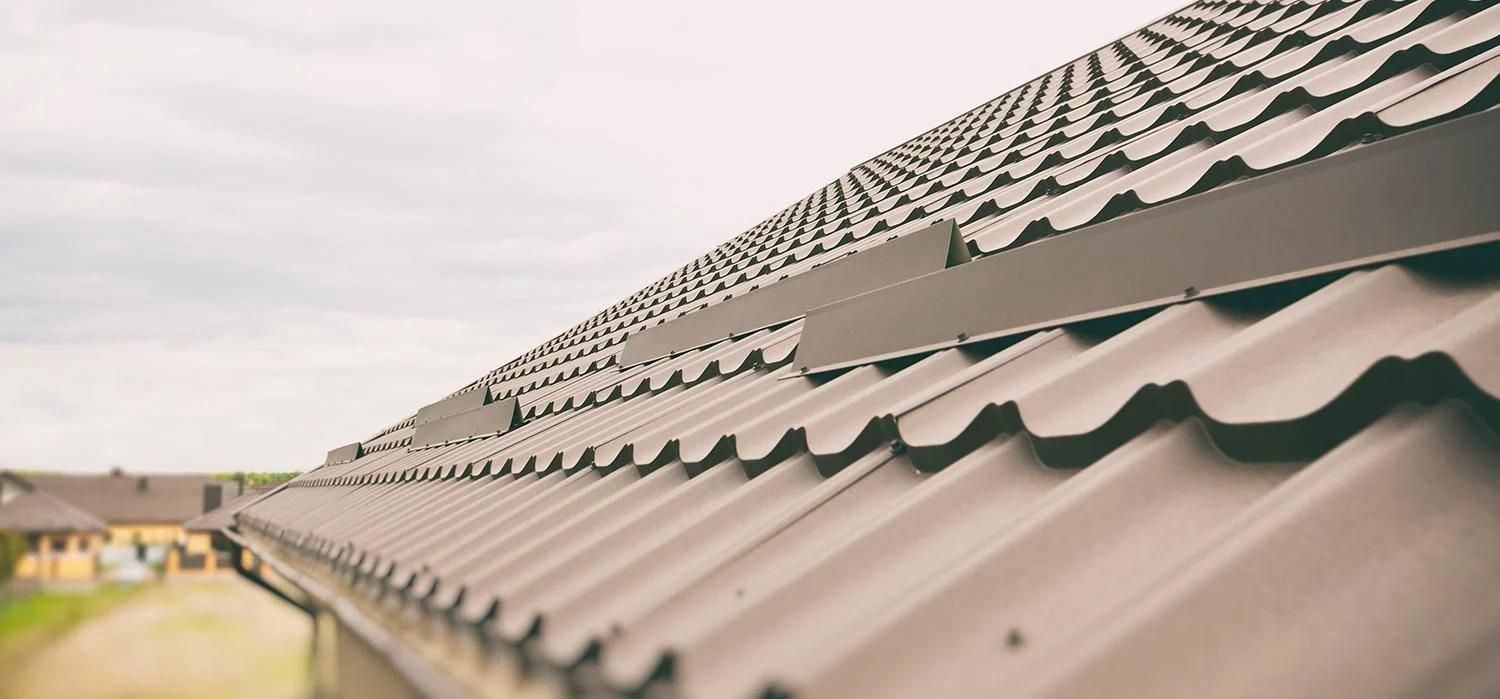
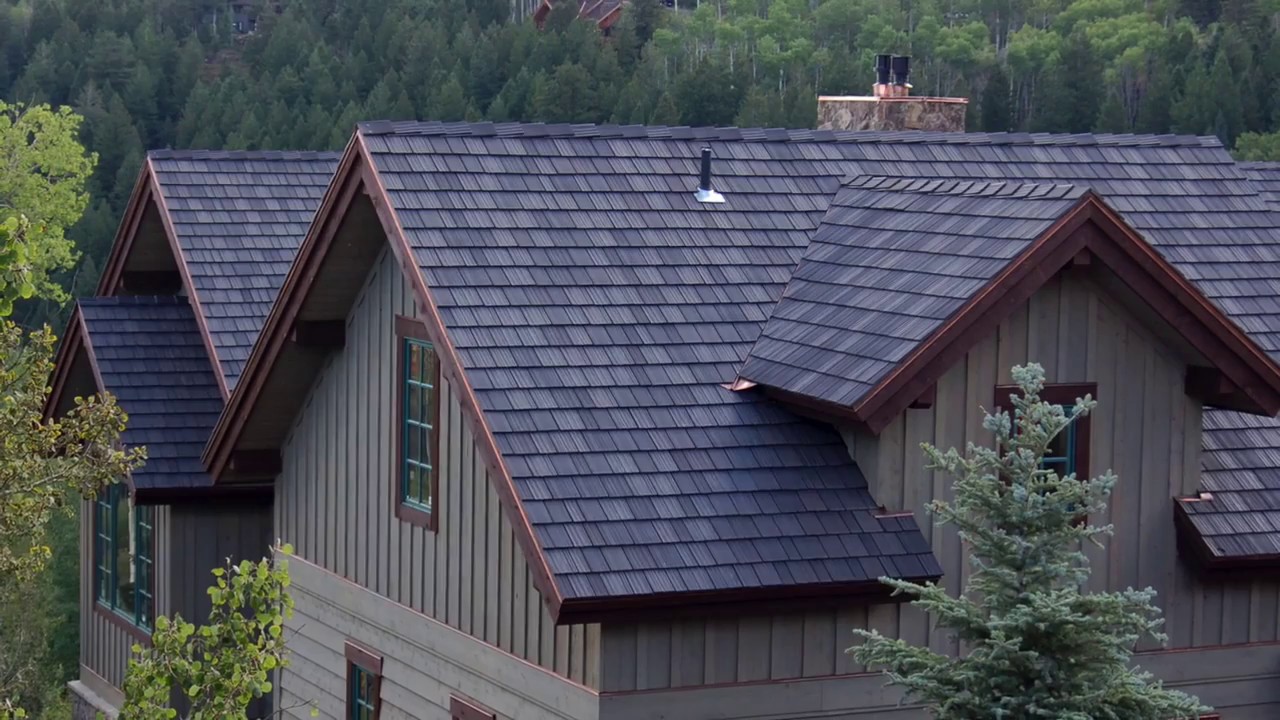
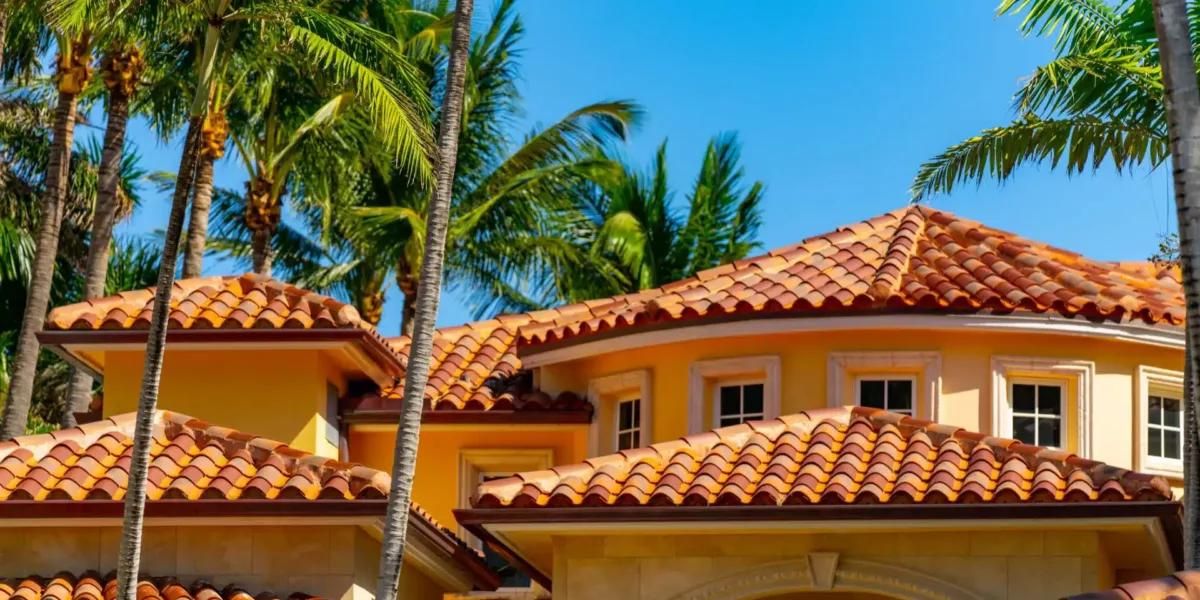
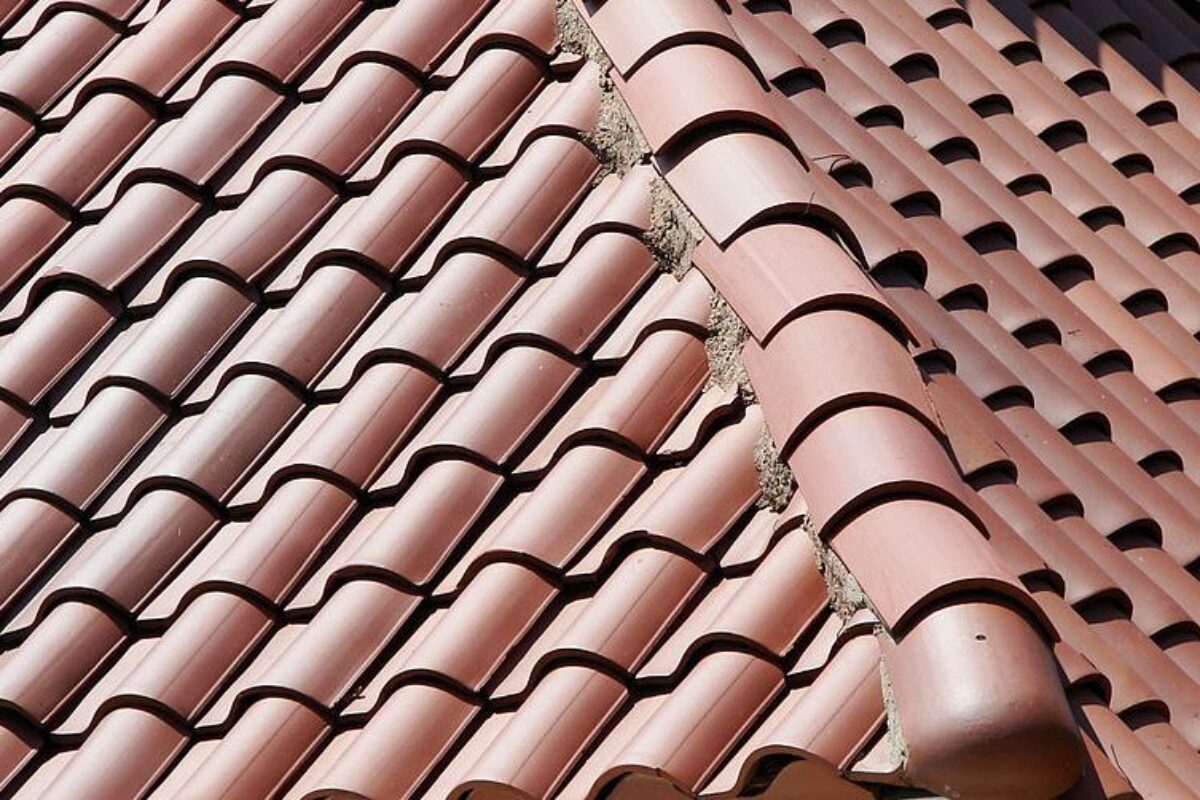
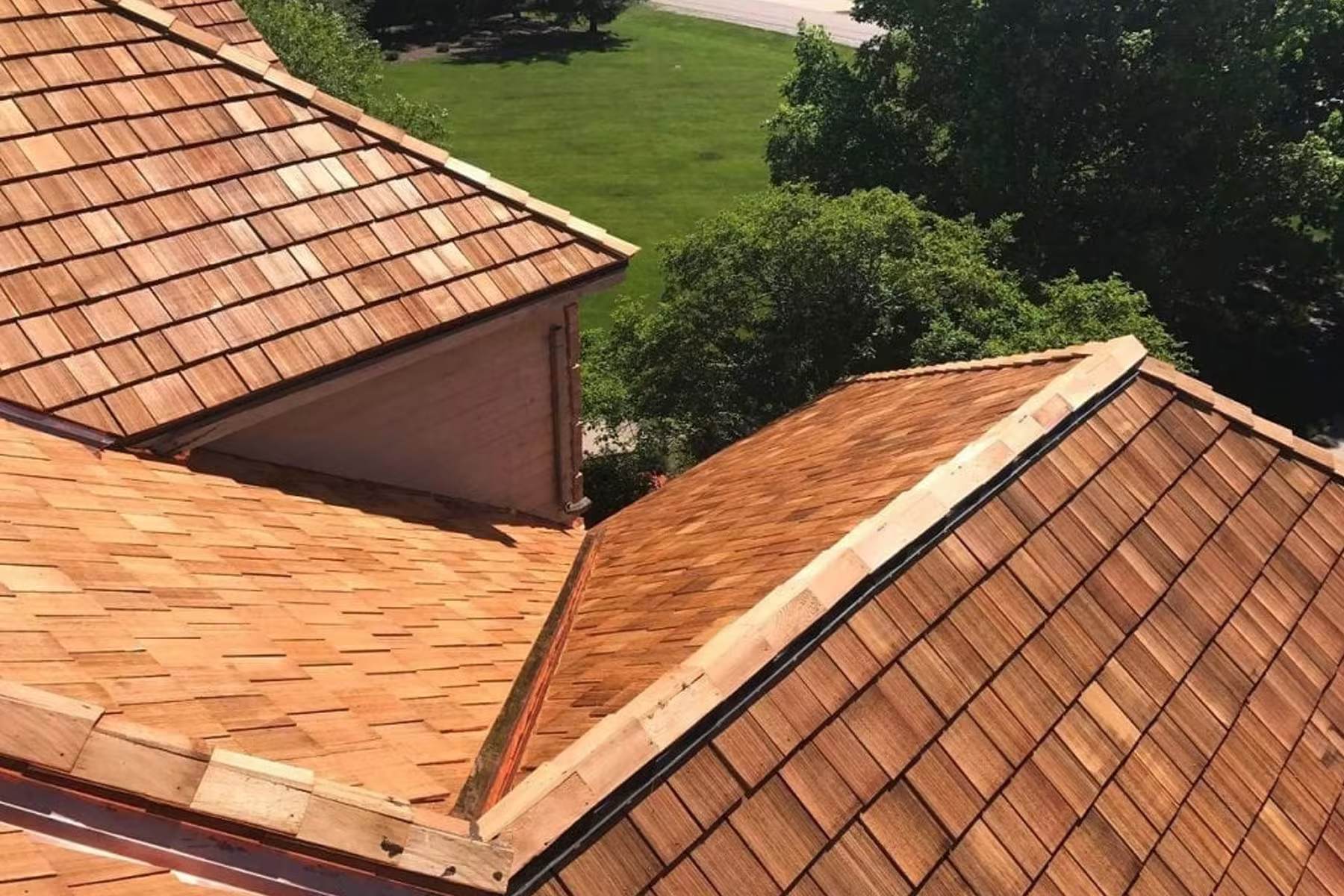
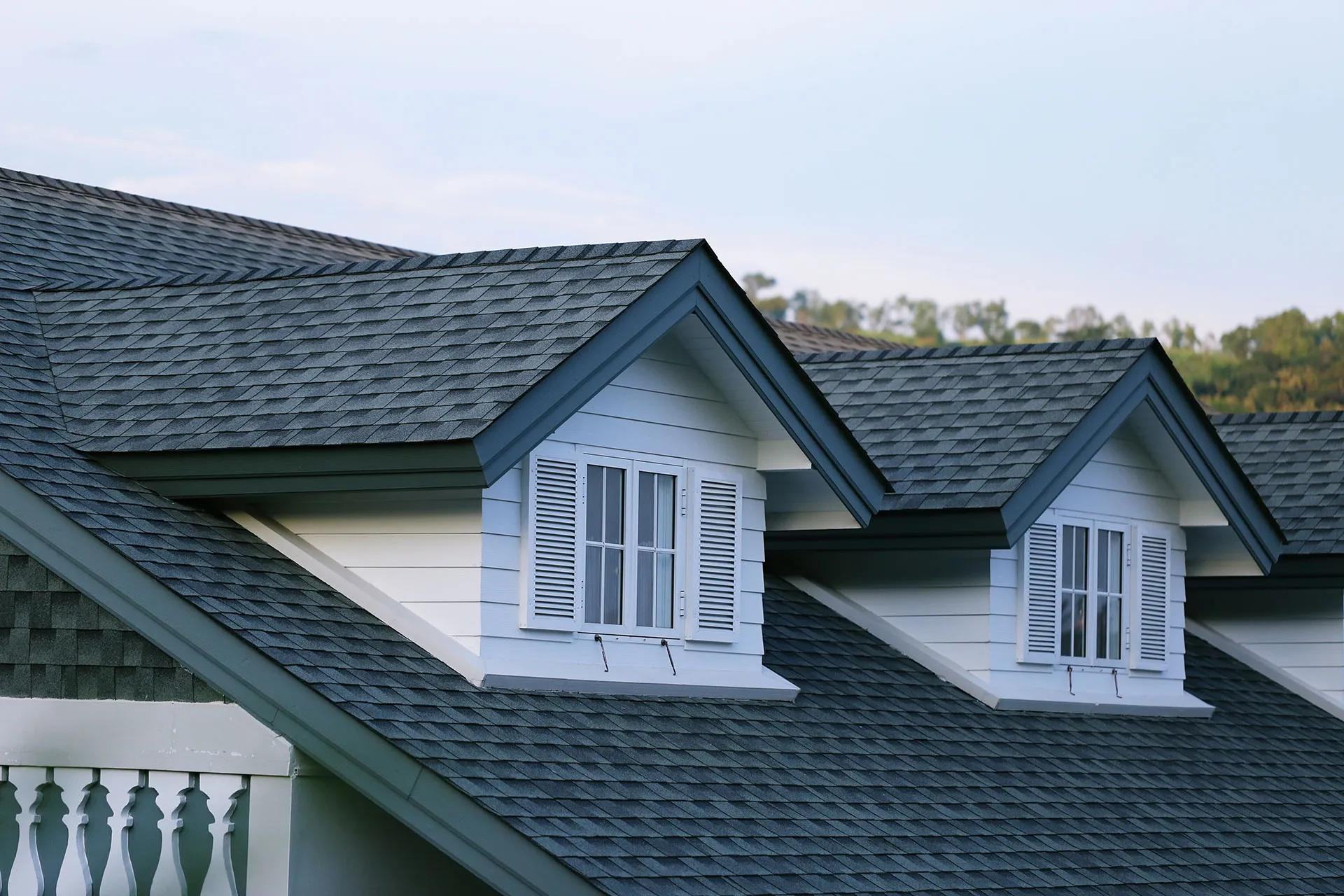
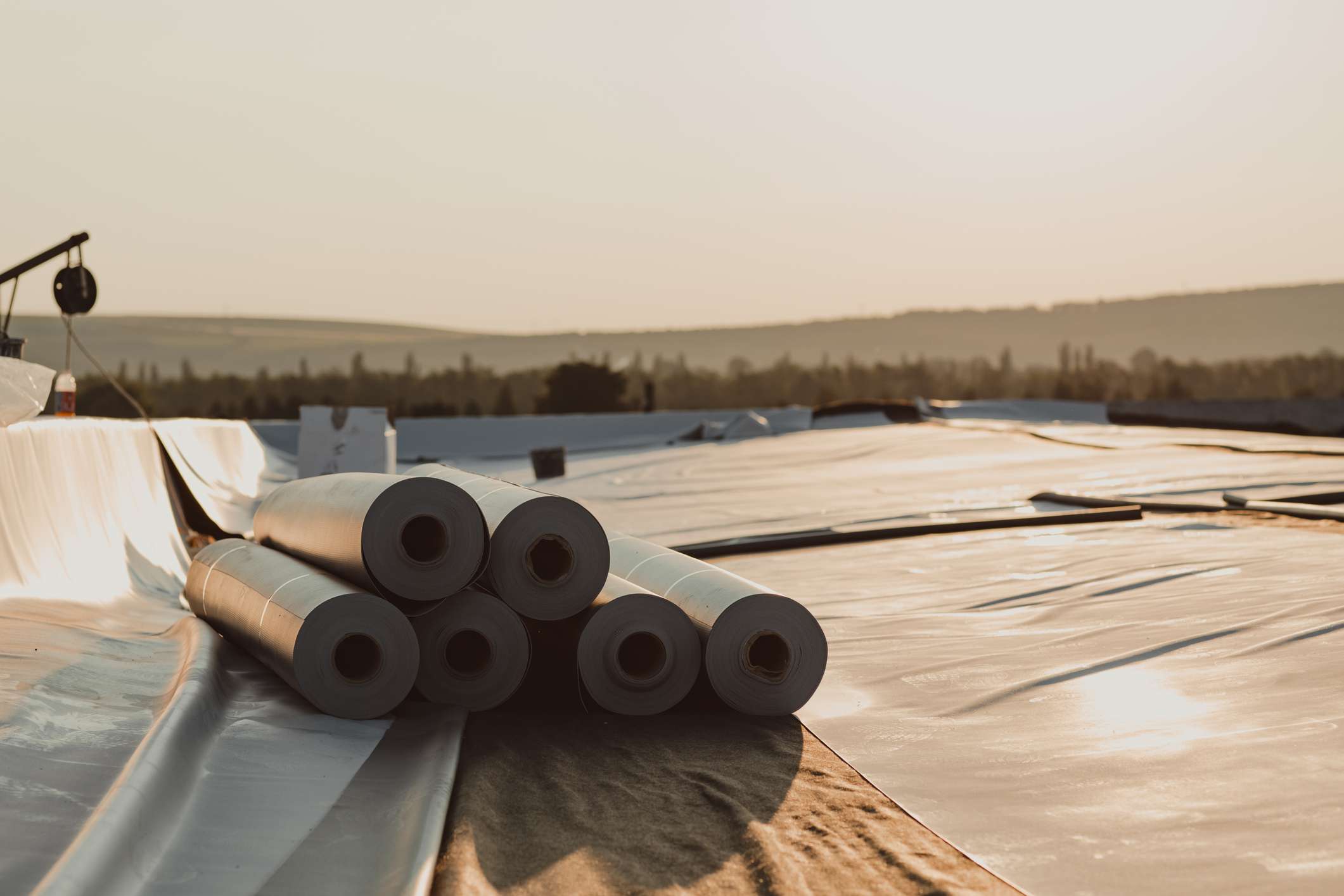
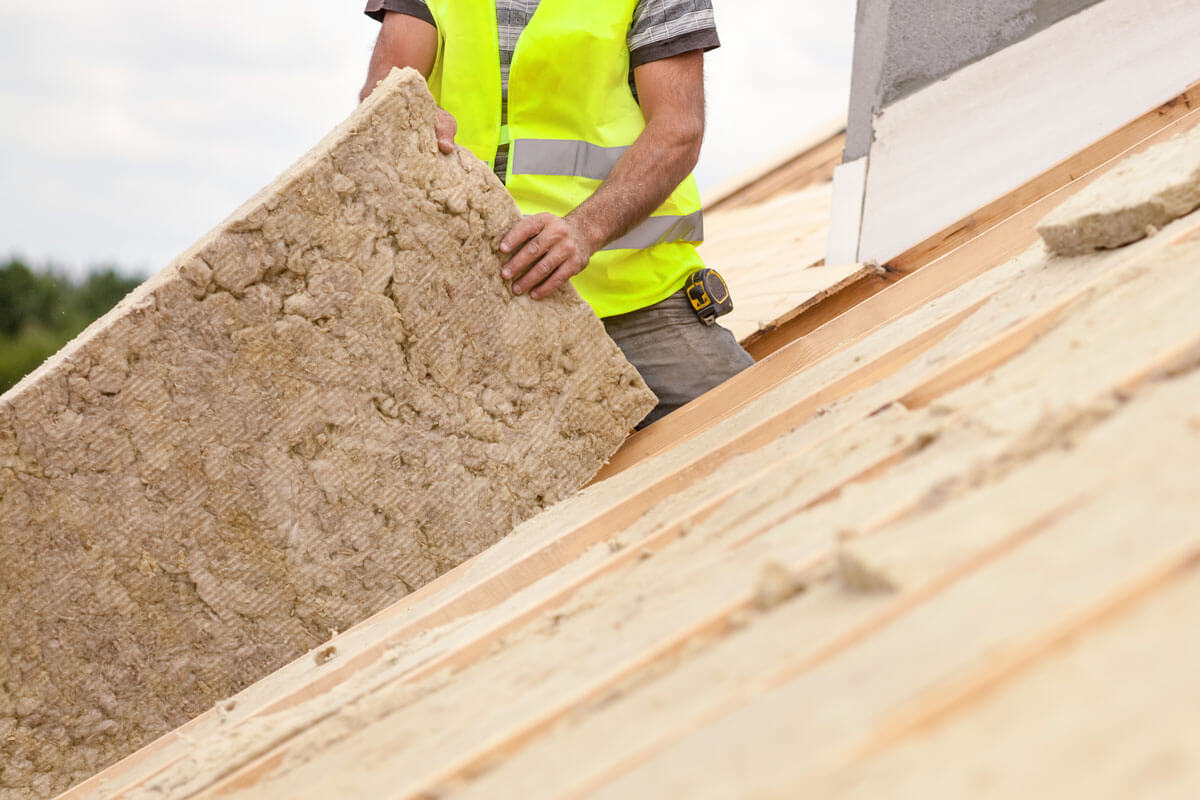
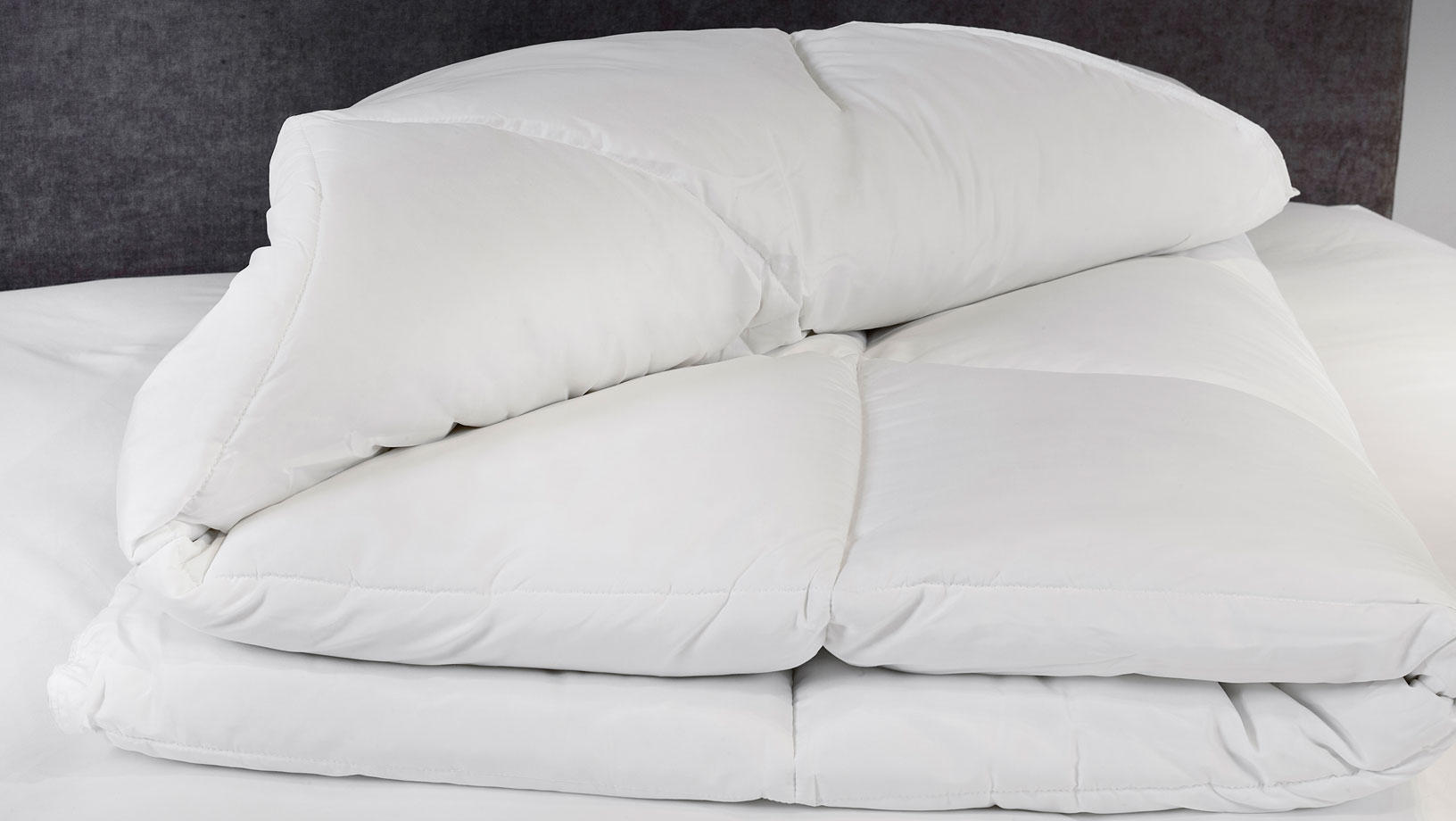
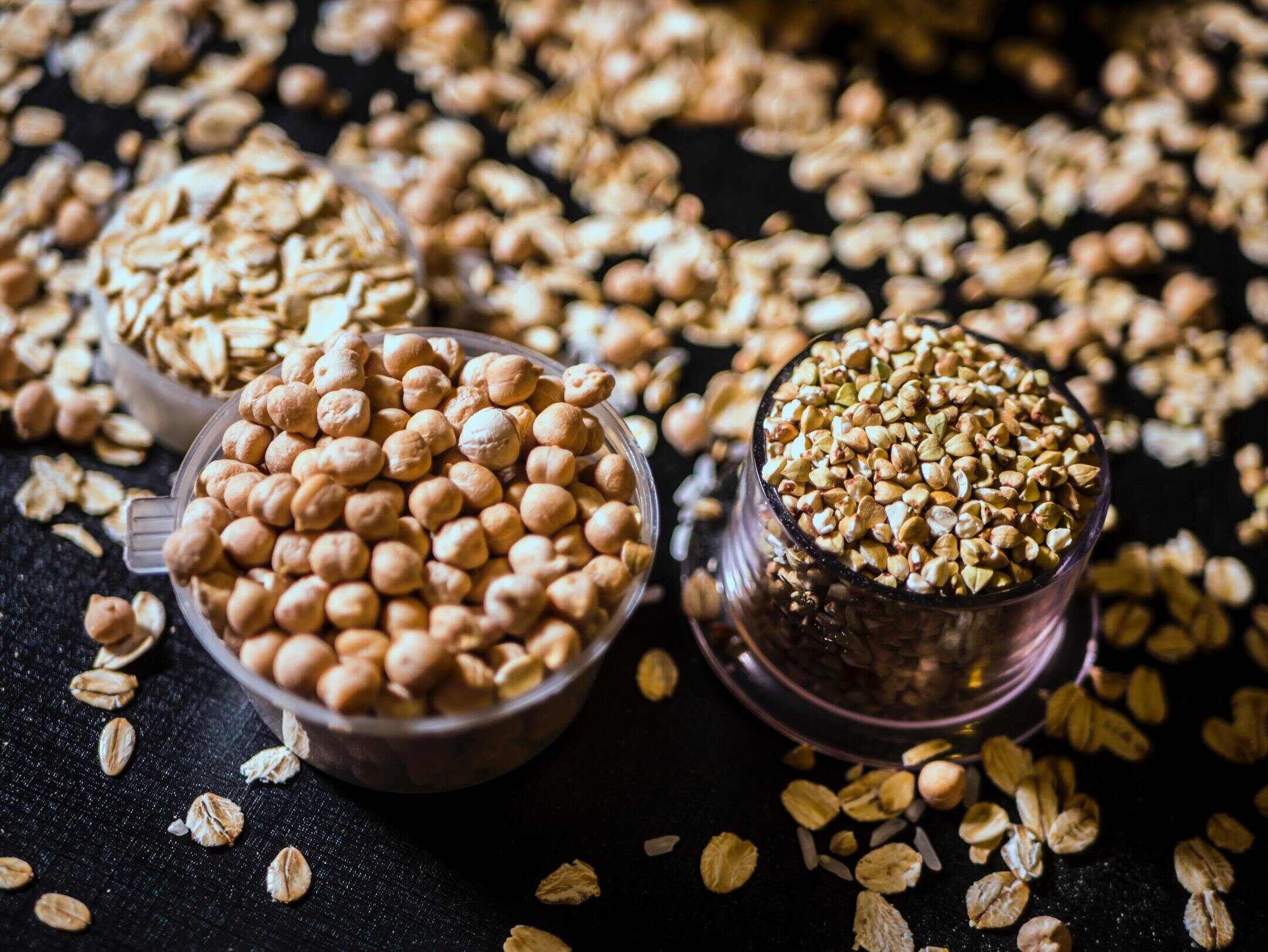
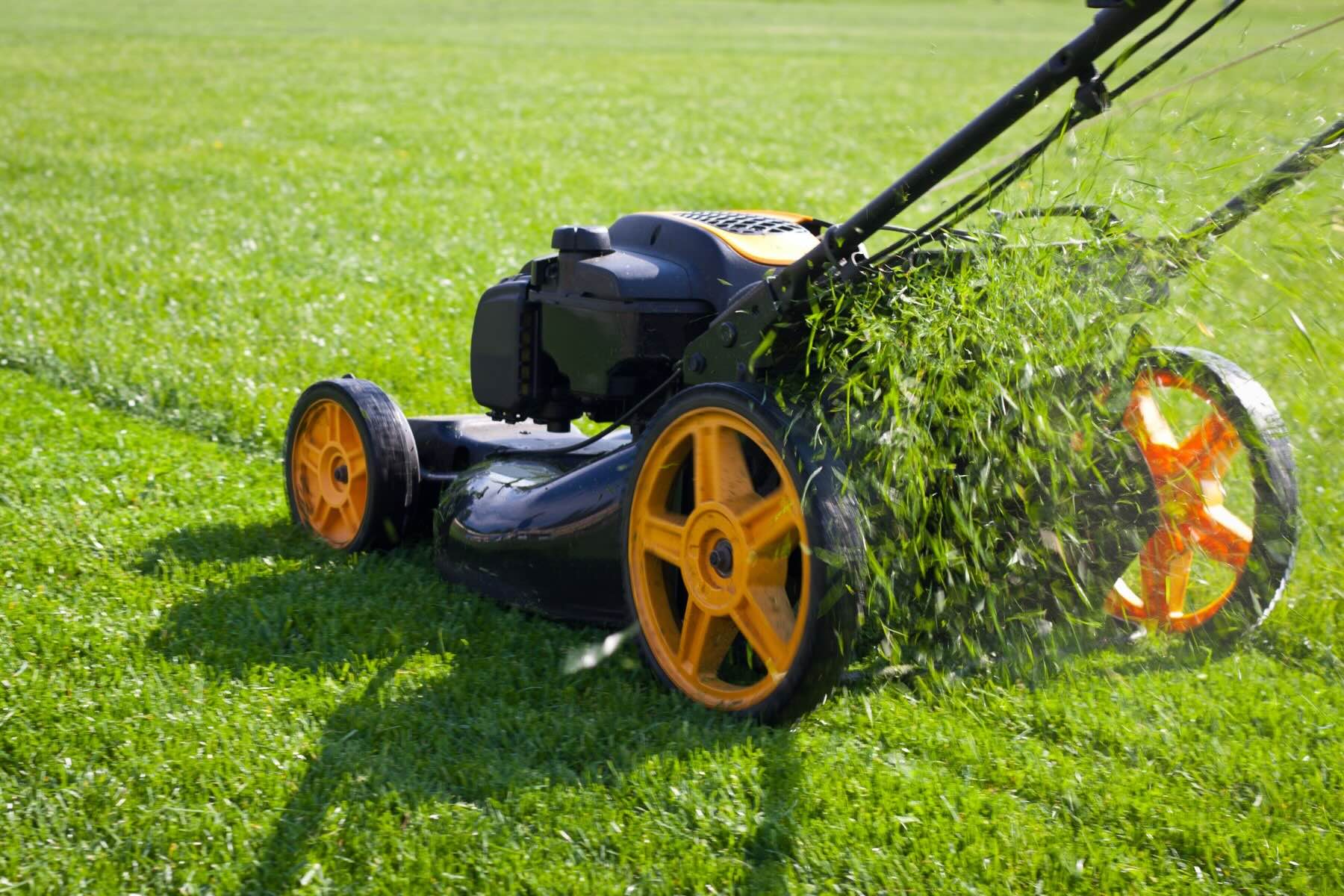
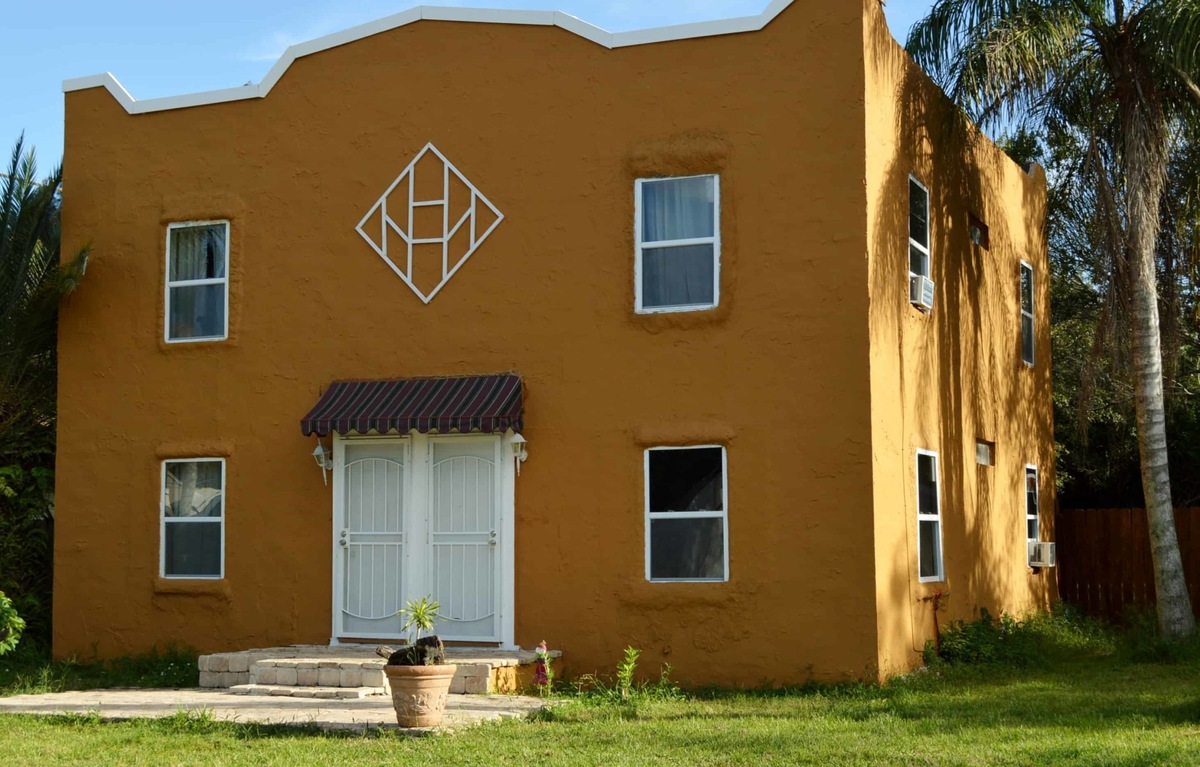
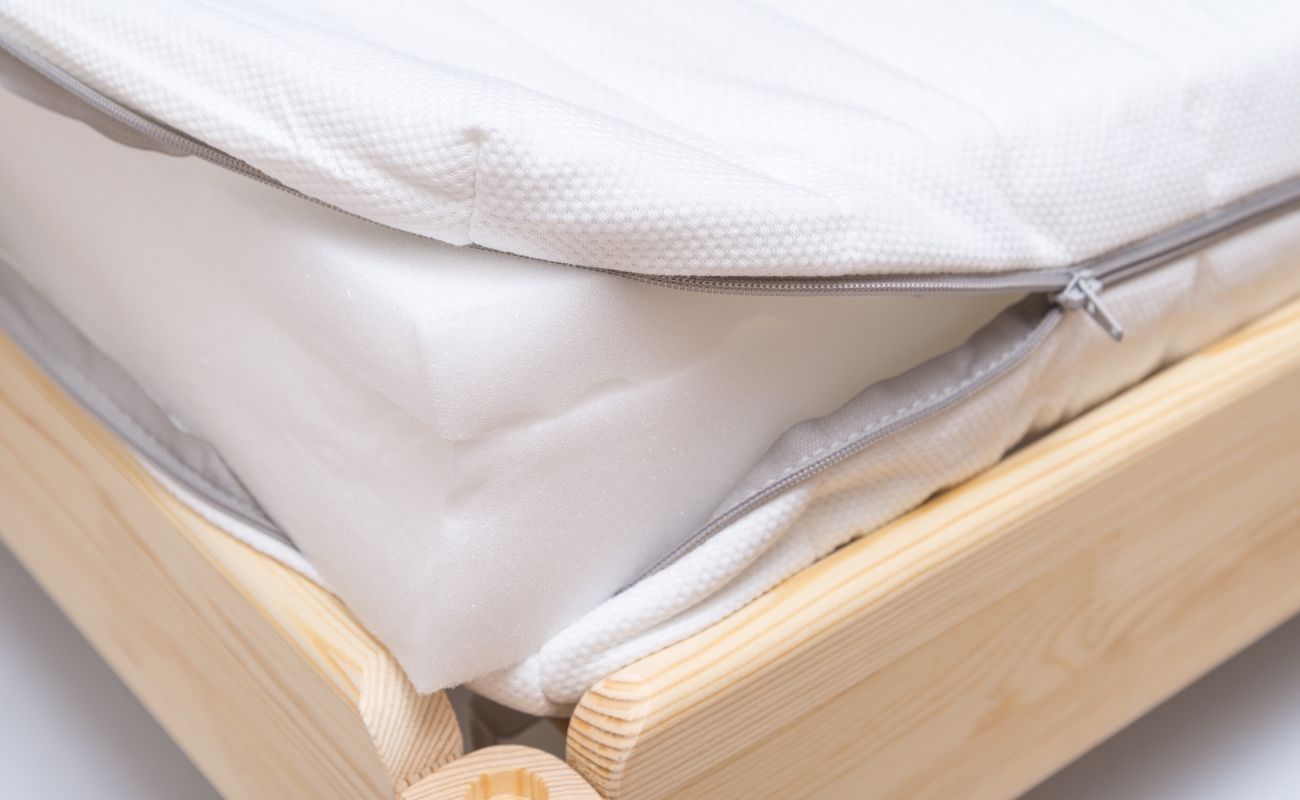


0 thoughts on “How Long Does A Rubber Roof Last”